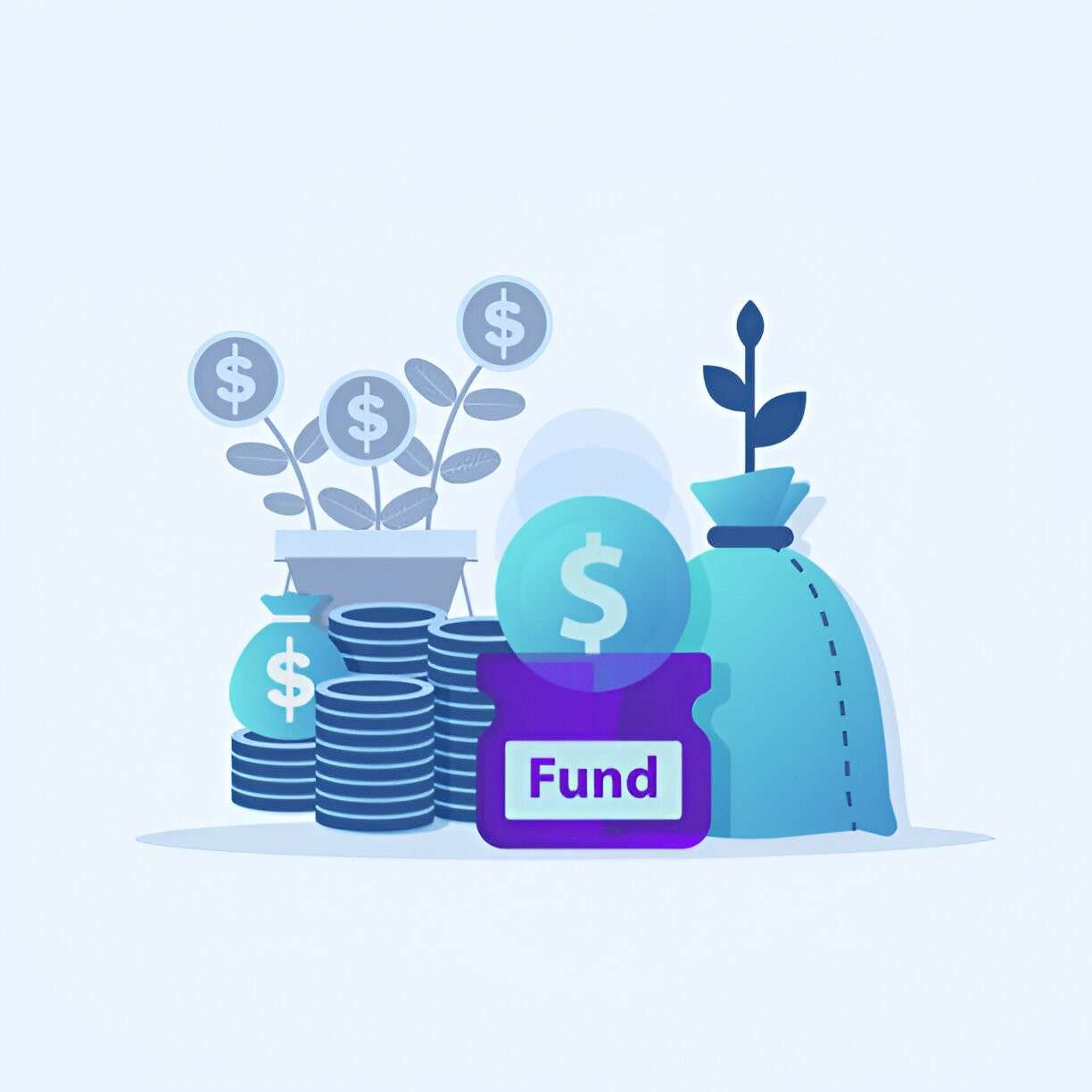As a financial professional who has analyzed thousands of fund holdings, I can explain exactly what comprises a mutual fund portfolio and how its construction impacts your investment outcomes. These pooled investment vehicles contain carefully structured asset collections that determine their risk, return, and behavior in different market conditions.
Table of Contents
Core Components of a Mutual Fund Portfolio
Equity Securities (Stock Funds)
- Common stocks (primary holdings for growth)
- Preferred shares (for income-oriented funds)
- ADRs/GDRs (international company representations)
- REITs (real estate exposure)
Example: A large-cap growth fund might hold:
- 60% U.S. mega-cap tech (Apple, Microsoft)
- 25% consumer discretionary (Amazon, Tesla)
- 15% healthcare (UnitedHealth, Eli Lilly)
Fixed Income Securities (Bond Funds)
- Government bonds (Treasuries, agency debt)
- Corporate bonds (investment grade to high-yield)
- Municipal bonds (tax-exempt income)
- Mortgage-backed securities
- International bonds
Example: An intermediate bond fund allocation:
Portfolio = 40\%\ Treasuries + 30\%\ Corporates + 20\%\ MBS + 10\%\ CashAlternative Assets (Specialized Funds)
- Commodity futures (gold, oil exposure)
- Convertible securities
- Bank loans
- Derivatives (limited use for hedging)
Portfolio Construction Methodologies
| Strategy | Holdings Count | Turnover | Example Fund |
|---|---|---|---|
| Index Replication | 500+ | <5% | VFIAX (S&P 500) |
| Concentrated Active | 20-40 | 30-50% | FBGRX (Fidelity Blue Chip) |
| Sector Focused | 50-100 | 80-120% | FSCSX (Fidelity IT Services) |
| Multi-Asset | 1000+ | 15-30% | VBIAX (Vanguard Balanced) |
Key Portfolio Characteristics
Diversification Metrics
- Sector Allocation (max 25% per sector typically)
- Issuer Concentration (usually <5% per issuer)
- Geographic Exposure (country risk limits)
Risk Controls
- Duration targets (bond funds)
- Beta management (equity funds)
- Liquidity reserves (5-10% cash equivalents)
How Portfolios Differ by Fund Objective
| Fund Type | Equity % | Fixed Income % | Cash % |
|---|---|---|---|
| Aggressive Growth | 95-100% | 0% | 0-5% |
| Growth | 80-90% | 5-10% | 5-10% |
| Balanced | 50-70% | 30-45% | 5% |
| Income | 20-40% | 55-75% | 5% |
| Money Market | 0% | 0% | 100% |
The Hidden Portfolio Dynamics
- Cash Flow Management
- New investments → portfolio adjustments
- Redemptions → security sales
- Corporate Actions
- Mergers → forced position changes
- Spin-offs → new holdings
- Index Rebalancing
- Quarterly/annual reconstitutions
- Market-cap weighting changes
Portfolio Transparency Requirements
SEC mandates:
- Quarterly holdings disclosure (45-day lag)
- Annual complete portfolio filing
- Top 10 holdings updated monthly
Pro Tip: Compare a fund’s actual holdings to its stated objective – “style drift” occurs in 20% of active funds.
Performance Attribution
A portfolio’s returns come from:
- Asset Allocation (80-90% of variability)
- Security Selection (5-15%)
- Market Timing (0-5%)
Investor Implications
Portfolio Fit Checklist
- Sector Exposure (matches your needs?)
- Credit Quality (appropriate risk?)
- Turnover Rate (tax efficiency?)
- Liquidity Profile (matches your horizon?)
Red Flags
- >10% in single position
- >50% turnover annually
- Significant “cash drag” (>10%)
The Bottom Line
A mutual fund’s portfolio is more than just a collection of securities – it’s an engineered system designed to achieve specific investment outcomes. As I advise clients: “You’re not just buying a list of stocks or bonds, you’re buying a manager’s strategy for combining them.” The best funds maintain disciplined, transparent portfolios that consistently execute their stated objectives through market cycles.





